One year later - The mourning continous 👹🍣🎎 My Japan
During my time in Japan, I have been to many different events and, like everywhere else, not all of them were happy occasions. A year ago, I attended a funeral service and burial for the first time here in Japan, which was quite solemn and memorable. Other countries usually mean other cultures, which you can also notice when someone you know has passed away.
In Japan, the deceased are almost always cremated and 49 days later the urn with ashes and bone remains is placed in the family grave. The soul of the deceased is now on its journey to nirvana and finally detaches itself from its previous life on earth. Well, Japanese funeral rituals follow Buddhist ceremonies and are often very complex and difficult to explain and fully understand, even for Japanese people. But over the time I feel I have been able to develop a better understanding of the Japanese and their society and culture.
However, the mourning rituals do not end with the burial, as the bereaved meet every few years on the anniversary of the death of the deceased to remember them and to commemorate their souls.
The first such anniversary is one year after death, and is called "Isshuki". This is followed by "San-kaiki", two years after death.
After that, the death anniversaries are celebrated as follows:
Nana-kaiki: 6 years after the day of death
Jusan-kaiki: 12 years after the date of death
Junana-kaiki: 16 years after the date of death
Nijusan-kaiki: 22 years after the date of death
Nijunana-kaiki: 26 years after the date of death
Sanjusan-kaiki: 32 years after the date of death
Sanjunana-kaiki: 36 years after the date of death
Yonjusan-kaiki: 42 years after the date of death
Yonjunana-kaiki: 46 years after the date of death
Goju-kaiki: 49 years after the date of death
Hyakkaiki: 99 years after the date of death
In our case, it was Isshuki, and our small circle of mourners first met at the home of the deceased, where a monk recited various sutras in front of the family's home altar. We then went to the temple to which the family belonged, where this ceremony was repeated once again. Finally, everyone went to the family tomb, where the monk said further prayers and the family members lit candles or incense and placed flowers. Everyone present then stepped forward and quietly said a small prayer or wish and this concluded the ceremonial part of the event.
Now we moved on to the more festive part, where everyone sat down to eat and drink. People and talked about all and sundry, about the deceased as well as the living, and had a lively conversation. The food was of a very high quality and, as usual in Japan, very tastefully presented and served. If desired, you could also enjoy some alcohol, which was quite stimulating for the mood of some of the guests. But again, we should recognize that each of us deals with such occasions in our own way and that we should always look to the future, even in the case of bereavement.
For me, my first Isshuki was an interesting experience, which once again connected me a little more with the country and the people here in Japan. Even though the occasion was not the happiest, it was also filled with warm feelings and hearty laughter. Our life on earth goes on, even if some of our loved ones are no longer with us. Such a loss is always painful and unfortunately the pain and grief can sometimes last for a long time. And even though it is important to always remember what has been and where we have come from, we should still try to look ahead to what we have and what we still want to achieve.
Our future is now, and this future wants to be lived by us.

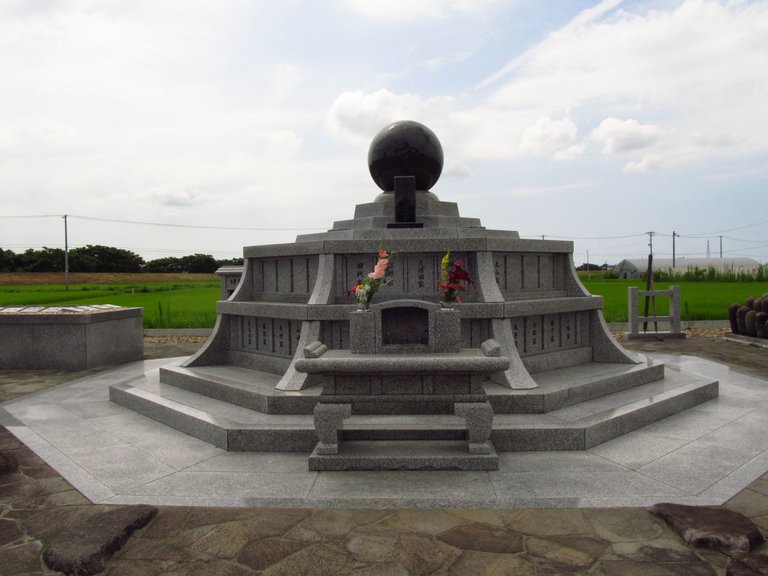
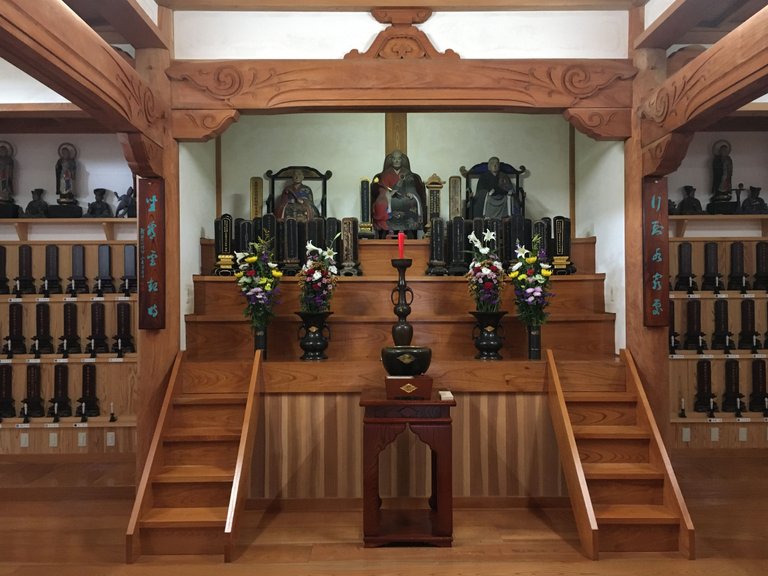
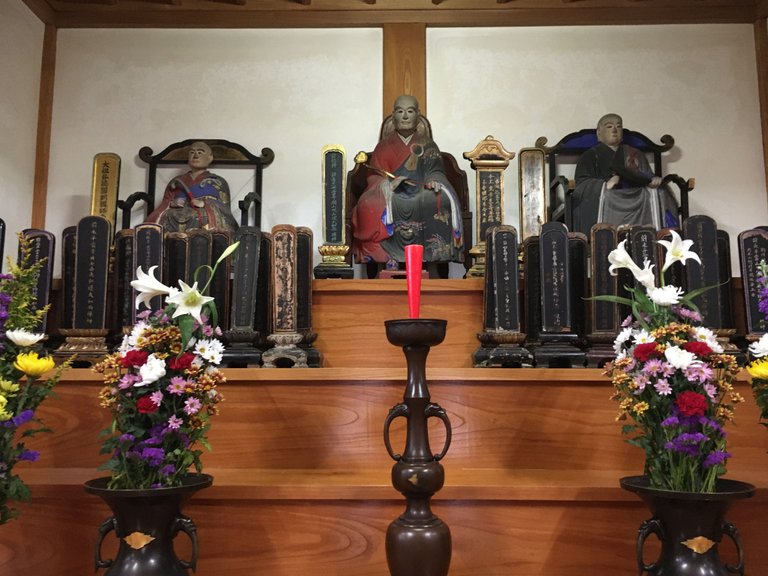
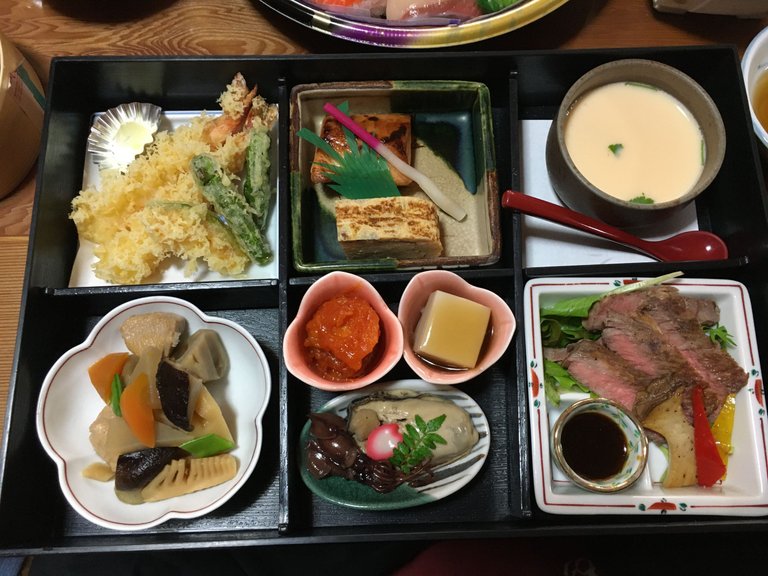
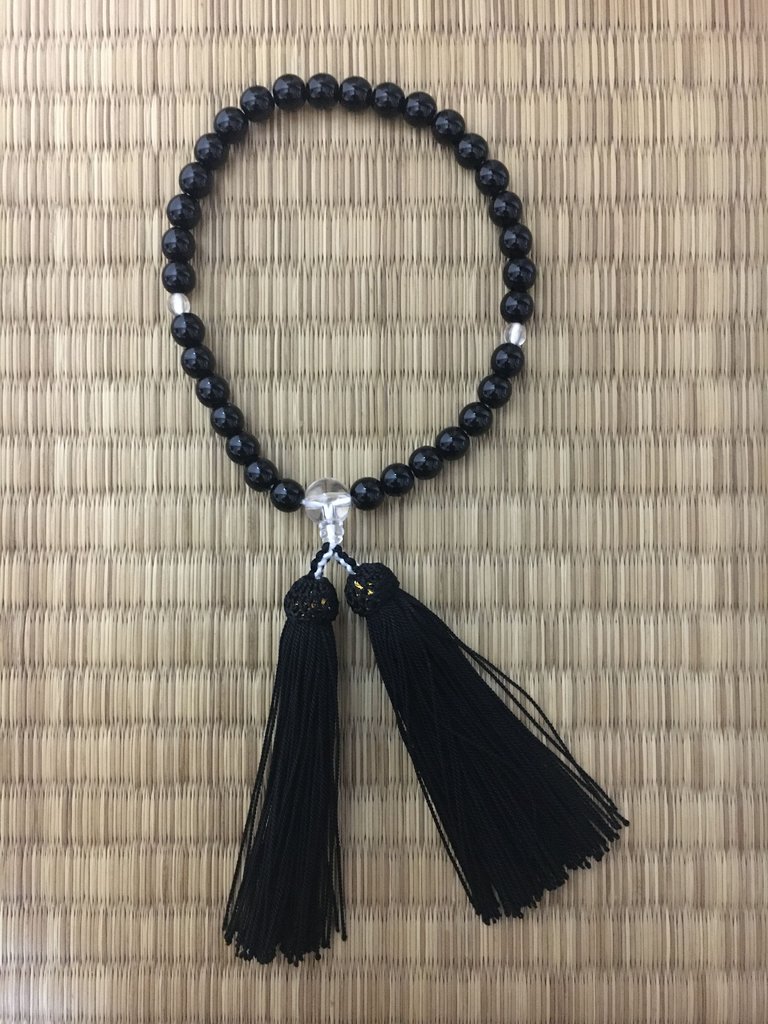
👏 Keep Up the good work on Hive ♦️ 👏
❤️ @bhattg suggested sagarkothari88 to upvote your post ❤️
🙏 Don't forget to Support Back 🙏